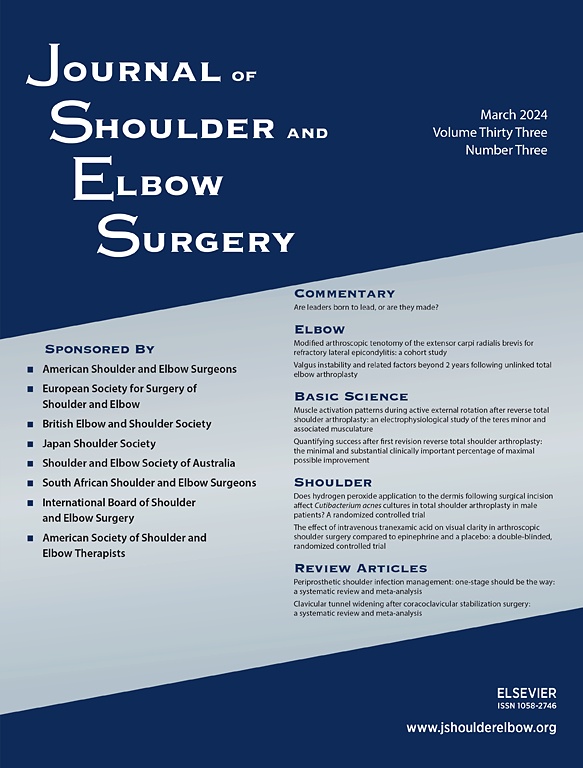
Minimal benefit of reverse shoulder arthroplasty vs. conservative treatment for 3- or 4-part PHFs

Minimal benefit of reverse shoulder arthroplasty vs. conservative treatment for 3- or 4-part PHFs
Reverse shoulder arthroplasty versus nonoperative treatment for 3- or 4-part proximal humeral fractures in elderly patients: a prospective randomized controlled trial
J Shoulder Elbow Surg. 2019 Dec;28(12):2259-2271.Did you know you're eligible to earn 0.5 CME credits for reading this report? Click Here
Synopsis
Sixty-two patients aged 80 years or older with a 3- or 4-part displaced proximal humerus fracture were randomized to receive a reverse shoulder arthroplasty or conservative treatment with a sling. The primary outcome of interest was the Constant score at 12 months post-operation. Secondary outcomes of interest included the Disability of the Arm, Shoulder and Hand (DASH) score, the Short-Form 12 (S...
To view the full content, login to your account,
or start your 30-day FREE Trial today.
FREE TRIAL
LOGIN
Forgot Password?
Explore some of our unlocked ACE Reports below!

Learn about our AI Driven
High Impact Search Feature
Our AI driven High Impact metric calculates the impact an article will have by considering both the publishing journal and the content of the article itself. Built using the latest advances in natural language processing, OE High Impact predicts an article’s future number of citations better than impact factor alone.
Continue



 LOGIN
LOGIN

Join the Conversation
Please Login or Join to leave comments.